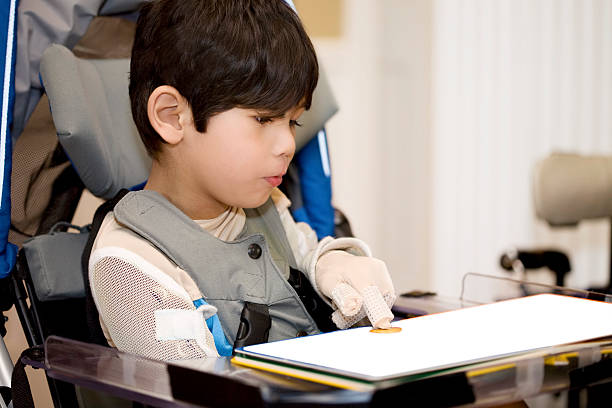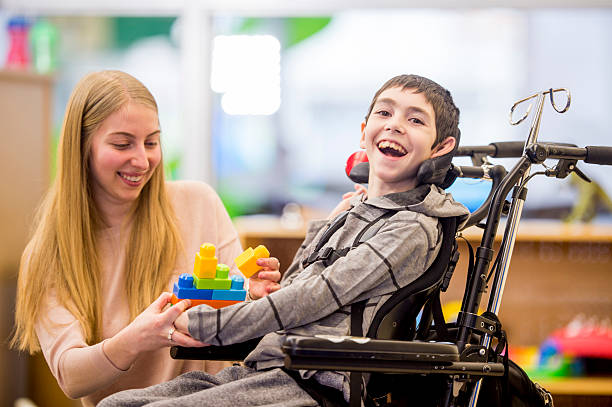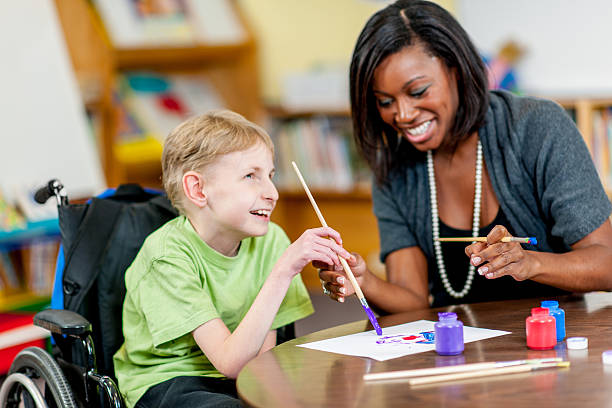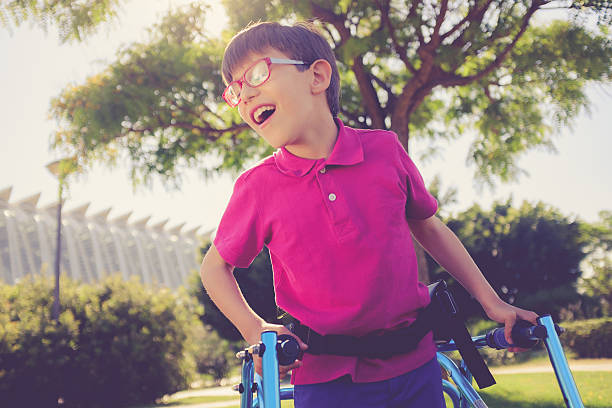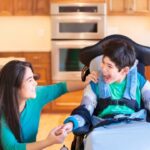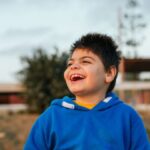Assistive technology is any device — electronic or not — that helps maintain, increase or improve functional living for individuals with a disability or impairment. With technological advances happening rapidly, they can be modified and applied to those living with disabilities, as well. These new technologies can improve communication, mobility, learning capabilities and hearing. By using these devices, families can better help their children at home, in school, and during fun activities.
New Technology at Home
Some aspects of home life can be difficult when someone in the family lives with cerebral palsy. It is important to utilize the components that work for you and your family and eliminate those that don’t. Family members with disabilities can face a number of unique challenges, and the following devices can be utilized to make life a bit easier:
- Plates and bowls with non-slip bottoms
- Adaptive scissors and art supplies
- Non-skid rugs
- Automated assistive devices
- Automated tables and chairs
- Specialized bathroom devices to encourage independence and confidence
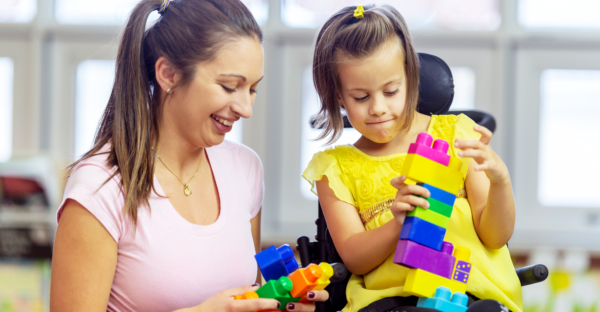
New Technology in School Environments
Many special education schools and teachers form an Individualized Education Plan for each student. These plans can include assistive devices tailored to the needs of the student. These devices can include:
- Vision aids – magnifying sheets to assist in reading, as well as text-to-speech programs on computers that can read words aloud for children with hearing challenges.
- Communication devices – some devices can help a child choose words, letters, or pictures to convey what he or she wants to say. There is also eye-tracking software that helps the user select the appropriate items.
- Transportation aids – these devices can consist of wheelchairs or powered scooters that can further help a child with their movement in school and beyond.
Overall, assistive technology can be used universally. It is important to include everyone in these new ideas that come into society so that anyone who is interested can get involved. Equal opportunities are crucial for everyone, and children who have Cerebral Palsy can have a difficult time participating in things. By removing these barriers, these children can have the same opportunity! They can thrive and break through social, physical, and cultural stereotypes. By using assistive technology, parents can set their children up for success. Children with Cerebral Palsy can, and do, have brilliant futures ahead.


